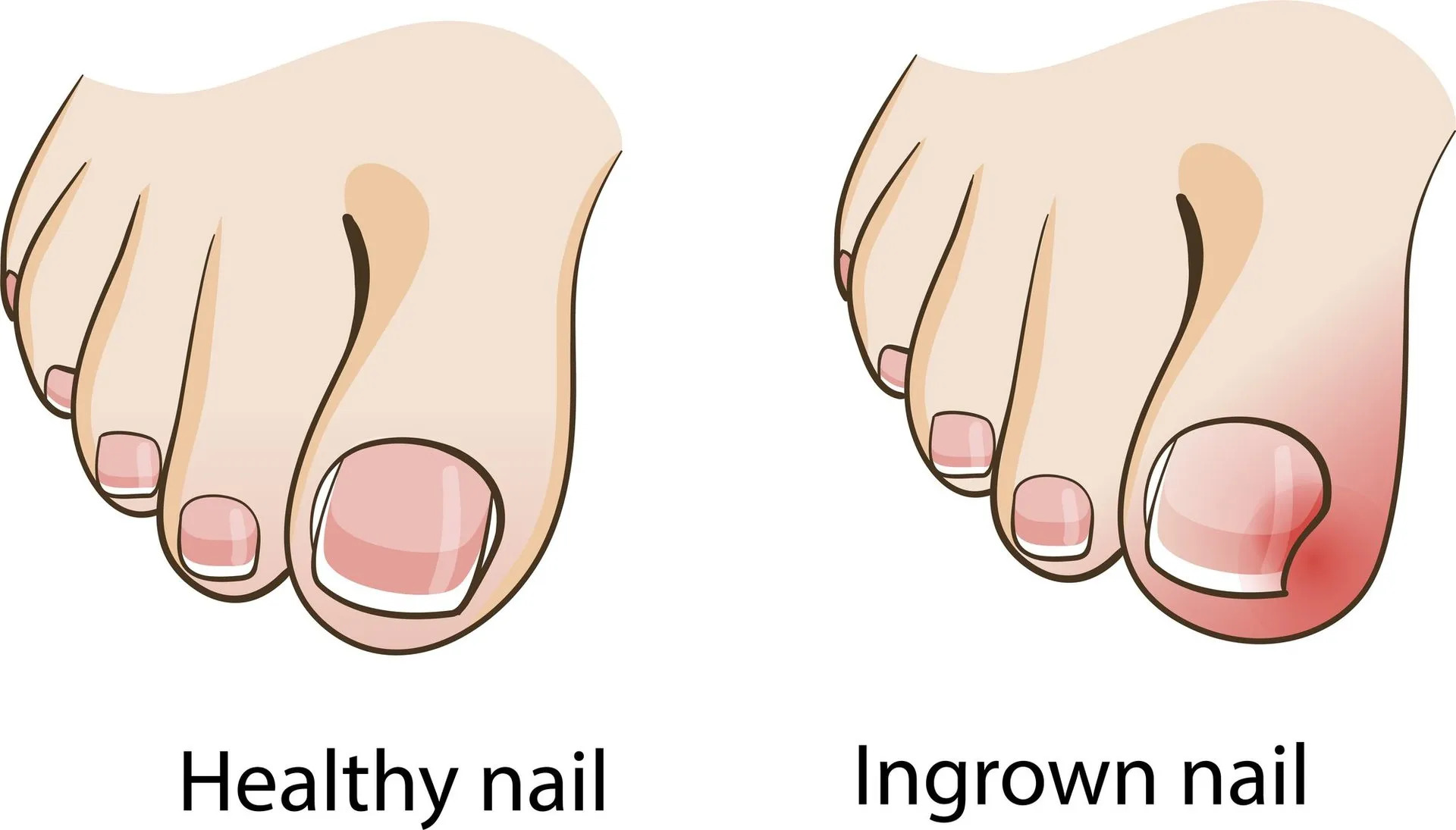Ingrown Toenail
Ingrown toenails happen when the margins or nooks of the nails flourish into the skin near the nail. Thus the big toe is possible to become an ingrown toenail.
Fortunately treatment of ingrown toenails is possible at home. Despite this, they may make troubles that might need medical treatment. The risk of complications increases if patients have diabetes or other diseases that lead to poor circulation.
Causes
Ingrown toenails happen in men and women. Based on the National Health Services`s announcement, it might be common in people who are coping with sweaty feet, like teenagers. Adults also are at more risk as toenails thicken with age.
Other cause include:
- Cutting off toenails wrongly
- Having sloppy and curved toenails
- Wearing various footwear in which puts a lot of stress on the big toes
- Toenail hurt, such as beating the toe, falling something weighty on the foot, or kicking a ball recurrently
- Weak posture
- Inappropriate foot hygiene
- Using your feet again and again. Especially in sports such as soccer, ballet, and kickboxing

Symptoms and signs of ingrown toenails
Ingrown toenails are painful, and get worse overtime.
Early-stage signs:
- Tendering, swallowing and thickness of the skin near the nail
- Feeling pain as stress is placed on the toe
- Appearing fluid around the toe
In case that the toe becomes infected, symptoms are:
- Having red, inflammation skin
- Feeling pain
- Bleeding
- Leaking pus
- Excessive growth of skin around the toe
Treatment of ingrown toenails in Dubai
Ingrown toenails that don’t get infected can easily be treated at home. But in cases that the toenail has perforation in the skin, or there are any signs of infection, medical treatment is necessary.
Home treatment of ingrown toenails:
- Soaking the foot in warm water
- Picking skin away from the toenail margine
- Consuming over-the-counter medications
- Taking a topical antibiotic
In case that these treatments do not work or an infection happens, surgery may be required.



